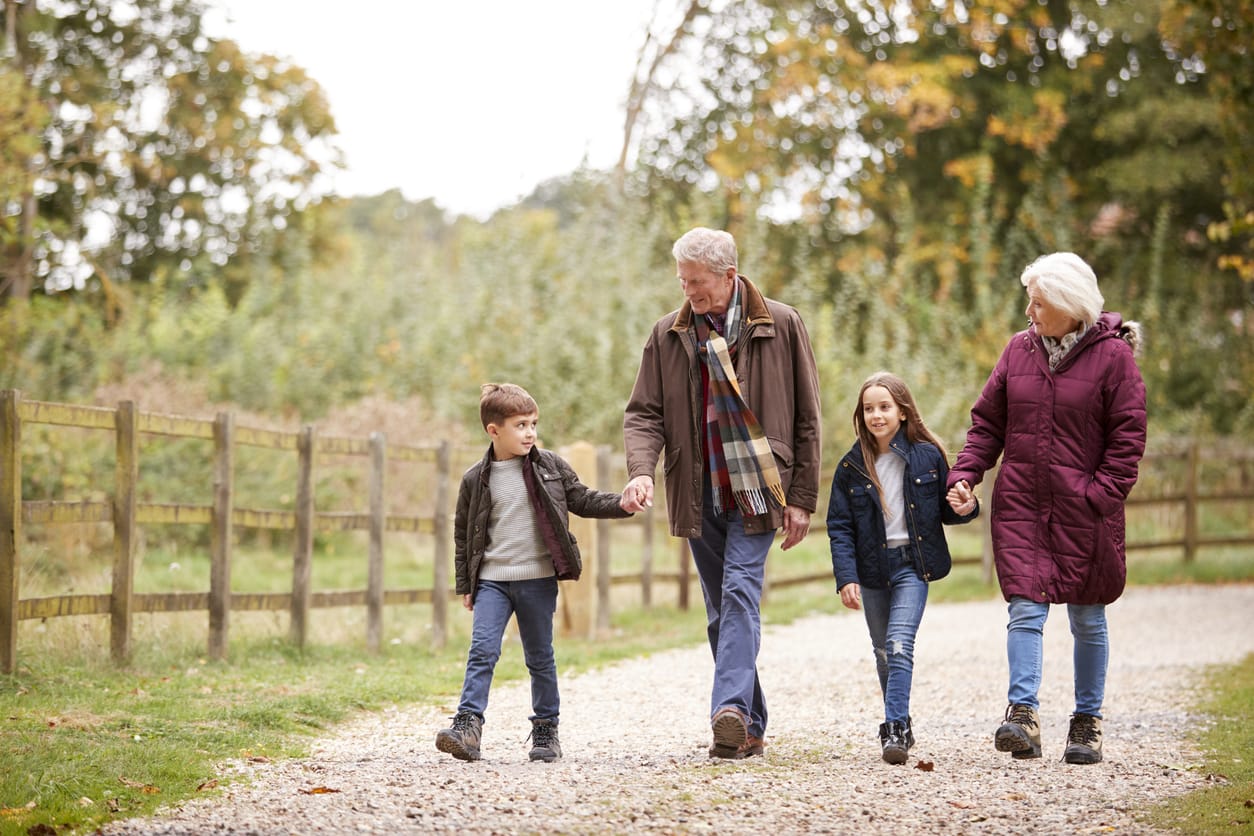Combining walking tours focused on local history with physical activity is an exceptional way to engage elderly loved ones and bridge the generational divide, offering both educational and health benefits. These tours not only encourage seniors to stay active and mentally stimulated but also foster deep conversations with younger family members, enriching their relationships. By exploring historical insights together, these outings allow seniors to share their life experiences, promoting understanding and connection across generations, all while enjoying the dual benefits of learning and exercise.
Benefits of Historical Walking Tours
Historical walking tours are a fantastic way for family caregivers to engage both elderly loved ones and younger family members in a rich, interactive experience that spans generations. Here are the key benefits of incorporating these tours into their routine:
- Educational Value: Historical walking tours provide seniors and grandchildren with an in-depth look at their community's past, enhancing their understanding and appreciation of their surroundings. This shared learning experience deepens generational knowledge and brings history to life.
- Health Benefits: These tours offer significant physical advantages. For seniors, walking improves cardiovascular health and enhances mobility, critical for maintaining independence. Younger participants benefit by developing habits that promote an active lifestyle, fostering long-term health.
- Strengthening Bonds: Engaging in historical walking tours together strengthens the relationships between grandparents and grandchildren. These shared experiences facilitate meaningful conversations and create lasting memories, enhancing the emotional connection across generations.
Incorporating historical walking tours into the life of a family not only promotes physical and mental well-being but also strengthens the familial fabric, making every step and story shared a step toward closer, more connected relationships.
Benefits of Historical Walking Tours
Planning a walking tour that suits both elderly loved ones and younger family members can be a rewarding way to spend time together. Here are some tips on how to prepare for a walking tour that everyone can enjoy.
Choosing the Right Tour
Location
Selecting the right location is crucial for a successful walking tour. Opt for tours that are manageable in length and not too physically demanding to accommodate both seniors and children. It’s important to ensure the terrain is easy to navigate and the distance is suitable for the group’s overall fitness levels. A flatter, smoother path, for example, can prevent fatigue and ensure that everyone from the youngest to the oldest can enjoy the tour without physical strain.
Interest
To keep the tour engaging for all participants, choose a theme or historical period that resonates with diverse age groups. Tours that feature tales of local heroes, significant historical events, or notable architectural landmarks can captivate young minds and stimulate conversation among the group. Engaging content that sparks curiosity will maintain the enthusiasm of both young and old, making the educational experience enjoyable and memorable.
Preparation Tips
- Weather Considerations: Always check the weather forecast ahead of the tour and dress accordingly. Comfortable walking shoes are a must, and depending on the weather, hats and sunscreen might be necessary to protect against the sun, or jackets and umbrellas for cooler, rainy days.
- Snacks and Water: Pack enough water and some light snacks like fruits or granola bars to keep everyone hydrated and energized throughout the tour. Regular breaks can help maintain stamina and enthusiasm.
- Safety: Emphasize the importance of sticking together as a group. Before starting the tour, agree on a meeting point in case anyone gets separated. It’s also wise to have a way to contact each other, like carrying mobile phones or walkie-talkies.
Making the Most of Your Walking Tour
Ensuring that walking tours are not only enjoyable but also enriching for both elderly loved ones and young children is paramount. Here are some strategies to maximize engagement during and after the tour, fostering deeper connections and a more profound learning experience.
Engagement Tips
Encourage seniors to actively engage with their grandchildren during the tour. They can ask the children questions about what they see, share personal memories that relate to the different stops on the tour, or even encourage the kids to imagine what life might have been like during various historical periods. This kind of interactive dialogue enhances the experience, making the historical lessons more relatable and vivid for the younger participants while allowing seniors to pass on their wisdom and stories.
Follow-Up Activities
To extend the learning and enjoyment beyond the walking tour, suggest engaging follow-up activities. For instance, children could draw pictures of something significant they learned about, or write a short story inspired by the events or characters introduced during the tour. Another enriching option is to visit the library together to find books about specific topics or historical periods covered during the tour. These activities reinforce what they’ve learned, deepen their understanding, and continue the intergenerational exchange of knowledge and creativity.
These strategies not only enhance the walking tour itself but also solidify the bonds between grandparents and grandchildren, making each tour a memorable and valuable experience. By encouraging active participation and follow-up activities, you help create a dynamic learning environment that both educates and entertains, all while fostering a deeper family connection.
Local Resources
To find local walking tours that are suitable for both your elderly loved ones and their grandchildren, start by contacting historical societies or museums in your area. These organizations often conduct guided tours that delve into the local history and are typically designed to be accessible for a diverse audience, including seniors and children. Additionally, local tourist boards are a valuable resource; they provide information on a variety of tours, highlighting different historical periods or significant local landmarks.
For those who prefer a more flexible schedule or perhaps a smaller group setting, consider using apps or websites that offer self-guided tour information. Websites like Free Tours by Foot and Viator provide a wealth of options for guided and self-guided tours in numerous cities around the world.
Utilizing these local resources can greatly enhance your family’s walking tour experience, offering both convenience and customization. By tapping into the knowledge and services provided by historical societies, museums, and tourist boards, or by leveraging digital tools for self-guided tours, you can create memorable and educational outings that everyone in the family can enjoy.
In conclusion, walking tours focused on local history are a fantastic way for families to bond while benefiting from the joys of lifelong learning and physical activity. These tours allow seniors to engage both physically and cognitively, while young participants develop a deeper appreciation for their community's heritage. I encourage you to share your experiences and tips for engaging young people in historical education. Planning a walking tour can be a delightful and enriching family outing, providing an excellent opportunity for all generations to learn and create lasting memories together.





